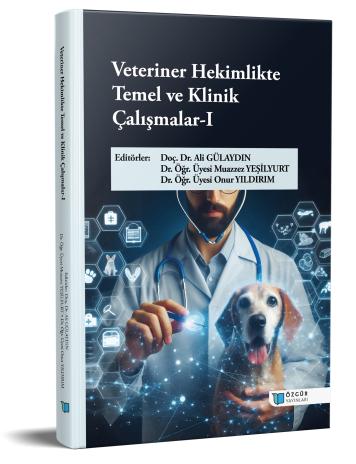
The Epidemiological Status and Control Strategies of Foot-and-Mouth Disease (FMD)
Chapter from the book:
Günaydın,
A.
&
Yeşilyurt,
M.
&
Yıldırım,
O.
(eds.)
2025.
Basic and Clinical Studies in Veterinary Medicine-I.
Synopsis
Foot-and-Mouth Disease (FMD) is a highly contagious and acute viral disease that affects cloven-hoofed animals, primarily cattle, sheep, goats, and pigs. The causative agent is the genus Aphthovirus, which belongs to the family Picornaviridae. The virus has seven main serotypes (O, A, C, SAT-1, SAT-2, SAT-3, and Asia-1), and the lack of cross-immunity among these serotypes significantly complicates the global control of the disease. With morbidity rates reaching up to 100%, FMD causes major losses in meat and milk production, thus posing a serious threat to national economies and international trade in animal products.
As an endemic region for many years, Turkey has been actively combating FMD. While historical outbreaks in the country have been triggered by O, A, and Asia-1 serotypes, the recent emergence of the African-specific SAT-1 and SAT-2 serotypes has created a new risk area on the disease's epidemiological map. Although the Ministry of Agriculture and Forestry reported an 80% decrease in FMD incidence for 2024, increased animal movements during periods such as Eid al-Adha (Kurban Bayramı) and the presence of new serotypes necessitate continuous vigilance and proactive control strategies. This review addresses all aspects of the disease, from its etiology and pathogenesis to its clinical findings and diagnostic methods, and also examines the current situation in Turkey through a literature review while offering suggestions for future comprehensive control strategies.

